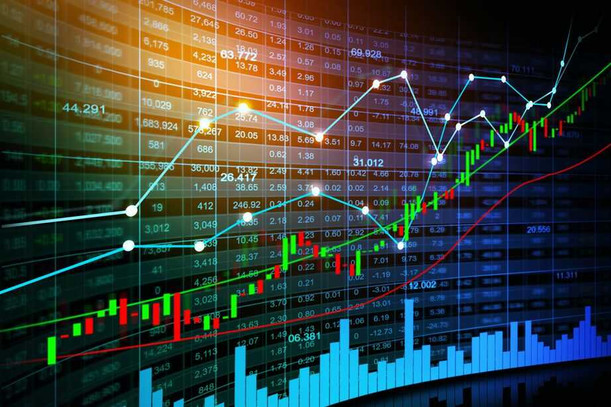These days, price action trading represents one of the most important and most effective trading methods the trader may learn.
In the eyes of some traders, it’s such an effective method of trading that they believe this is the “only” thing trader needs to know and should follow while trading.
Naturally, you can trade by the use of other trading methods, however, thanks to price action trading, traders using this trading method often create great trading strategies.
What is Price Action?
So, what should we understand under the words price action? There’s no specific definition of everything included in price action. However, in simple words, it represents important market moves on the basis of which traders may make important trading decisions and do not need to know other information from indicators or important trading news.
Price action – trading cycles
An important aspect the traders use while trading price action, are trading cycles that need information about price movements, allowing them to analyse actual market events better.
Regardless of the sequences, trading cycles consist always of four phases:
- Boom (top) – during this phase, opposite forces reach equilibrium (between bulls and bears) after a rising period, so by this moment, the bullish trend was dominant (progressive trend)
- Recession – the market is dropping, and bears are dominant on the market by the moment when forces reach equilibrium again, so reaching the depression (bottom) phase.
- Depression (bottom) – during this phase, again, a relative equilibrium is reached, however, contrary to the boom phase, the recovery (rising) phase is coming
- Recovery phase – bulls are coming again to be dominant, and this phase lasts by an equilibrium at the top is reached
Trade cycles do not need to form optimal bottoms/tops. Therefore, a general belief may occur on the market that the boom phase has come, but the price may rise later even more. Here, it’s worth stating that it doesn’t mean a jump over certain phases of the cycle, but a fake top has been only created, substituted later by a new top.
Price action – trading approaches
There are numerous price action methods. Nevertheless, there are two very popular ones among traders, having potential of significant profitability.
Selected methods:
- Price action and S/R levels
- Price action and price formations
Would you like to try price action trading with price formations or significant horizontal levels, but their recognition looks very difficult? Do not hesitate and try out this unique opportunity with our market scanner here .
Pros and Cons of price action
Cons Pros
- In comparison to trading indicators, a big disadvantage of price action is that each trader may see different outcomes of price actions. Where one sees an upcoming bullish trend, the other sees a trend of dropping prices.
- Another disadvantage is that the reading of information from price action may be difficult for traders, and it needs sufficient knowledge and a focused mind.
Conclusion
There’s no ideal trading approach. Nevertheless, analyses on the basis of price action provide information a large number of actual indicators is based on, but at the same time, this is data on the basis of which important trading news is published.
If you would like to try out trading with top tier trading conditions and professional forex broker, don’t hesitate to try our demo account that may be open on our website completely for free and free of any risk: www.purple-trading.com
We wish you many profitable trades!
About the Author

Team Purple Trading
Purple Trading is a true and 100% fair ECN / STP forex broker providing direct access to the real market. High speed orders execution, no trade-offs, no limits for any type of trading, the most advanced trading technologies. Explore more about Purple Trading at www.purple-trading.com .
CFDs are complex instruments and come with a high risk of losing money rapidly due to leverage. 77.4% of retail investors lose their capital when trading CFDs with this provider.
(This value was determined within the period from April 1, 2019, to March 31, 2020. You should consider whether you understand how CFDs work and whether you can afford to take the high risk of losing your money.
Trading forex exchange with margin carries a high level of risk and may not be suitable for all investors. The high degree of leverage can work against you as well as for you. Before deciding to trade foreign exchange, you should carefully consider your investment objectives, level of experience, and risk appetite. You could lose part or all of your initial investment and therefore you should not invest money that you cannot afford to lose. Seek independent advice if you have any doubts.
Any opinions, news, research, analysis, prices, or other information contained on this website is provided as general market commentary, and does not constitute investment advice. L.F. Investment Limited will not accept liability for any loss or damage, including without limitation to, any loss of profit, which may arise directly or indirectly from use of or reliance on such information.
Purple Trading is a trade name owned and operated by L.F. Investment Limited., a licensed Cyprus Investment Firm regulated by the CySEC lic. no. 271/15.





